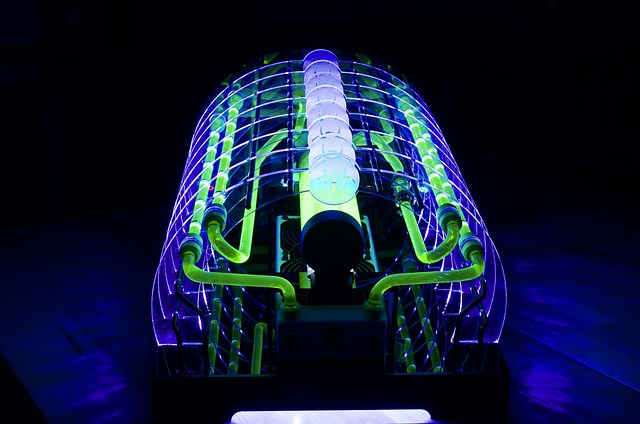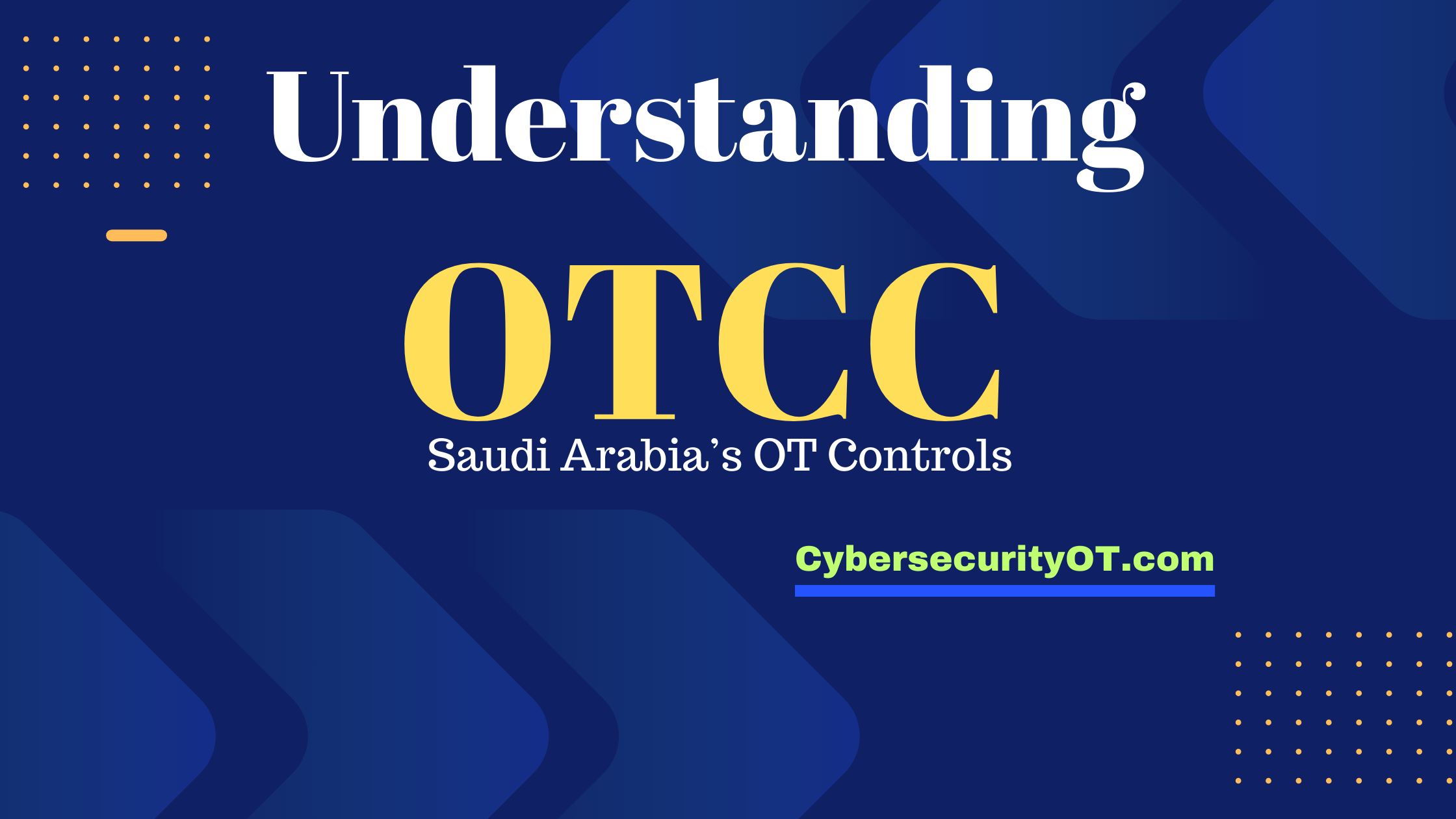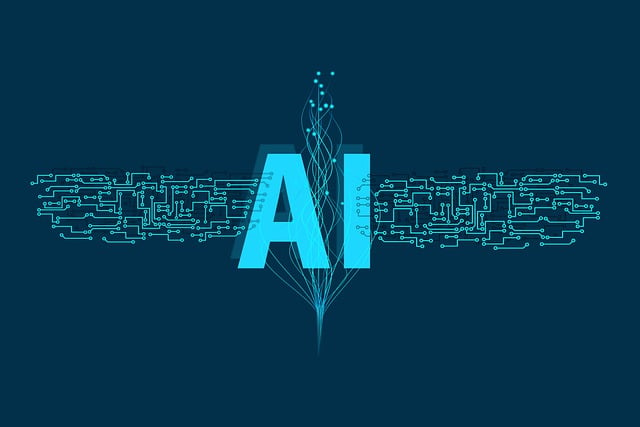Metaverse in Operational Technology & Industrial Automation
The concept of the metaverse has garnered significant attention in recent years, with its potential to transform various aspects of our lives. Originally popularized in science fiction, the metaverse refers to a virtual reality space where users can interact with a computer-generated environment and other users in real-time. While commonly associated with entertainment and gaming, the metaverse holds tremendous potential in operational technology (OT) and industrial automation. In this article, we will explore how the metaverse can revolutionize the industrial landscape and provide new opportunities for enhanced efficiency, collaboration, and innovation.
1. Understanding the Metaverse
Before diving into its applications in OT and industrial automation, it is important to grasp the fundamentals of the metaverse. The metaverse is a collective virtual shared space, created by the convergence of physical and virtual realities. It goes beyond traditional virtual reality experiences by enabling seamless interactions between users, digital assets, and the virtual environment itself. In the metaverse, users can explore, create, transact, and socialize through avatars, while also experiencing an immersive sensory environment. The metaverse is built upon a foundation of emerging technologies, including virtual reality (VR), augmented reality (AR), mixed reality (MR), blockchain, artificial intelligence (AI), and the Internet of Things (IoT).
2. The Role of the Metaverse in Industrial Automation
Industrial automation has long been a key driver of efficiency and productivity in manufacturing and industrial processes. The integration of the metaverse into industrial automation introduces new possibilities for optimization and innovation. Here are some key areas where the metaverse can have a transformative impact:
a) Remote Monitoring and Maintenance
The metaverse can enable real-time monitoring and maintenance of industrial equipment and processes, regardless of the physical location. With connected sensors and IoT devices, operators can visualize and interact with virtual replicas of physical assets, monitor performance metrics, and detect anomalies. This virtual representation allows for remote troubleshooting, predictive maintenance, and the ability to simulate different scenarios to optimize operations.
b) Virtual Training and Simulation
The metaverse provides a powerful platform for virtual training and simulation in industrial settings. Operators can immerse themselves in virtual environments that replicate real-world scenarios, allowing them to practice complex tasks, learn new procedures, and enhance their skills in a safe and controlled manner. Virtual training can significantly reduce costs, increase training efficiency, and improve overall workforce competency.
c) Collaborative Design and Prototyping
The metaverse facilitates collaborative design and prototyping processes in industrial automation. Engineers and designers can collaborate in virtual spaces, working together in real-time to create and refine product designs, assembly lines, or entire production facilities. This virtual collaboration eliminates the need for physical prototypes, reduces development time, and enables more efficient decision-making.
d) Digital Twin Integration
Digital twin technology, which involves creating virtual replicas of physical assets, can be seamlessly integrated into the metaverse. By combining real-time data from sensors with the virtual representation, operators can monitor and analyze the performance of physical assets in a more intuitive and immersive manner. This integration enhances the ability to predict failures, optimize processes, and perform what-if analyses for better decision-making.
e) Augmented Reality (AR) Assistance
AR, a key component of the metaverse, can be leveraged to provide real-time assistance to industrial workers. Through AR-enabled devices, such as smart glasses or headsets, workers can access contextual information, instructions, and step-by-step guidance directly overlaid on their field of view. This hands-free assistance improves operational efficiency, reduces errors, and enhances worker safety.
f) Supply Chain Optimization
The metaverse has the potential to transform supply chain management in industrial automation. By creating a virtual representation of the supply chain, organizations can gain real-time visibility into inventory, logistics, and production processes. This visibility enables better demand forecasting, inventory management, and optimization of transportation routes, leading to cost savings and improved efficiency.
g) Enhanced Human-Machine Interaction
The metaverse offers new possibilities for human-machine interaction in industrial automation. Through intuitive interfaces and immersive experiences, operators can interact with machines and control systems in more natural and efficient ways. This enhanced interaction can improve productivity, reduce training requirements, and enable better collaboration between humans and machines.
3. Benefits and Challenges
The integration of the metaverse into operational technology and industrial automation brings forth several benefits and opportunities:
- Efficiency and Productivity: The metaverse can streamline processes, reduce downtime, optimize operations, and enhance overall efficiency and productivity in industrial environments.
- Cost Reduction: By enabling remote operations, virtual training, and predictive maintenance, the metaverse can reduce costs associated with travel, physical prototypes, training facilities, and equipment failures.
- Collaboration and Innovation: Virtual collaboration and real-time interaction in the metaverse foster innovation, accelerate decision-making, and enable global collaboration among experts and stakeholders.
- Safety and Risk Mitigation: Virtual training and simulation in the metaverse provide a safe environment for workers to learn and practice without exposure to real-world risks and hazards.
- Improved Decision-Making: The metaverse’s ability to visualize data, simulate scenarios, and provide real-time insights empowers operators and decision-makers to make more informed and effective decisions.
However, the integration of the metaverse into industrial automation also presents certain challenges:
- Infrastructure Requirements: The metaverse relies on robust connectivity, high-speed networks, and advanced computing resources. Organizations must ensure their infrastructure can support the demands of the metaverse.
- Data Security and Privacy: The metaverse involves the collection and analysis of vast amounts of data. It is crucial to establish robust security measures to protect sensitive information and ensure user privacy.
- Interoperability and Standards: As the metaverse evolves, interoperability between different platforms, devices, and systems becomes essential. Developing standards and protocols to enable seamless integration is crucial.
- User Acceptance and Training: The successful adoption of the metaverse in industrial automation relies on user acceptance and training. Organizations must invest in educating and training their workforce to leverage the full potential of the metaverse.
4. Future Outlook and Conclusion
The metaverse represents a paradigm shift in operational technology and industrial automation. Its potential to revolutionize remote monitoring, training, collaboration, and decision-making opens up new avenues for enhanced efficiency, productivity, and innovation. As the metaverse continues to evolve, it is essential for organizations to stay abreast of the latest developments, invest in the necessary infrastructure and training, and carefully navigate the challenges and risks associated with its integration. The metaverse has the power to reshape the industrial landscape, and organizations that embrace its potential are poised to gain a competitive advantage in the digital era.












